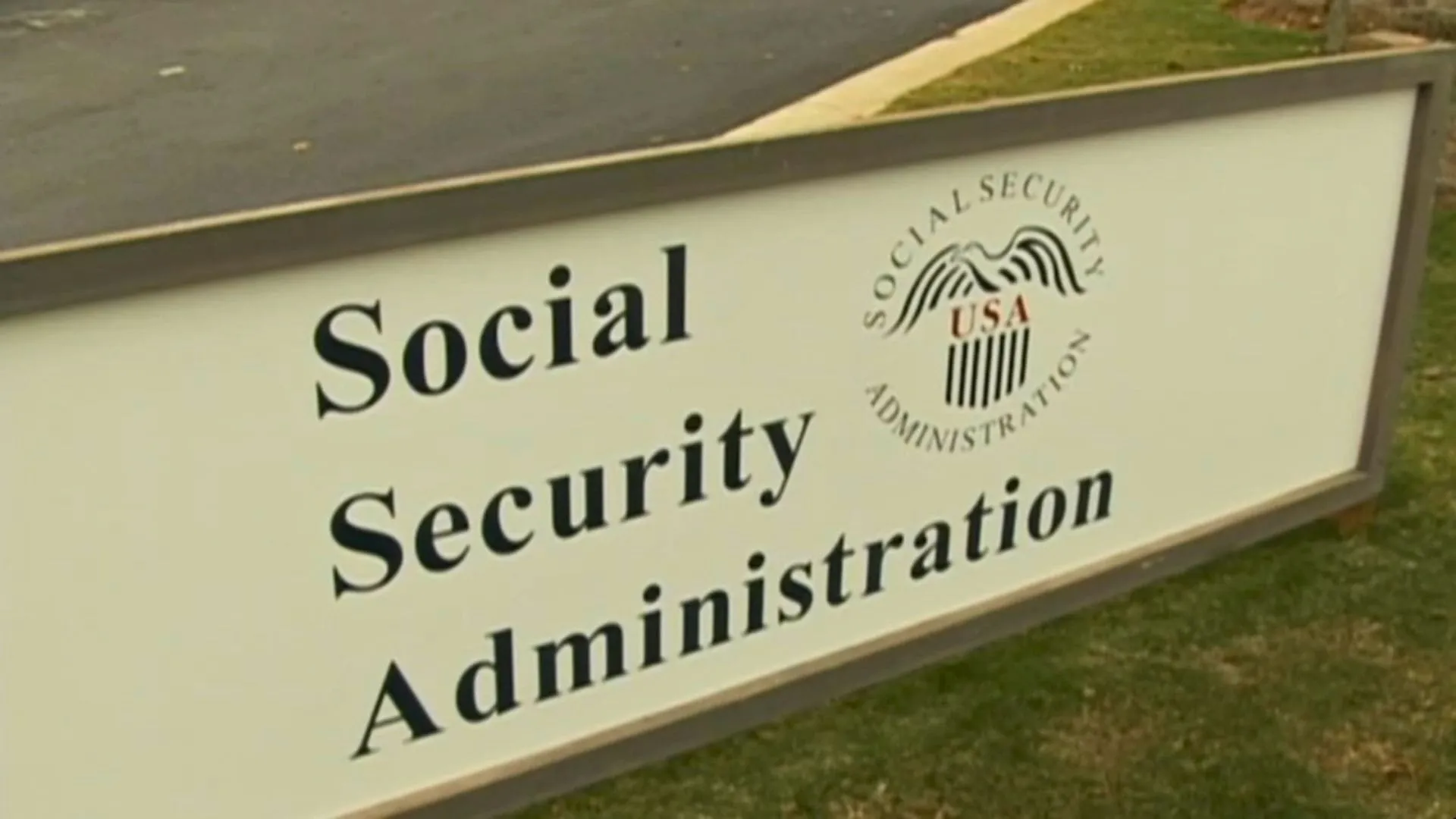The Social Security Administration (SSA) will introduce new verification protocols on March 31, 2025, significantly changing how millions of Americans confirm their identities, access benefits, and interact with the agency. The biggest shift eliminates phone verification, meaning individuals must now verify their identity either online or in person. Officials say these changes will enhance security and reduce fraud, but experts warn they could create challenges, particularly for seniors and those less familiar with digital services. Many beneficiaries rely on Social Security as a crucial source of income, and any disruptions in access could create financial hardship.
New Verification Process
Under the new rules, people who cannot verify their identities through the ‘My Social Security’ online portal must visit an SSA office in person. This change affects those applying for benefits, updating payment information, or making other account modifications.
Applicants can still initiate claims over the phone, but SSA will only process them fully after verifying identity in person. To prevent long delays, officials encourage individuals to schedule appointments in advance. SSA also advises beneficiaries to keep their contact details updated and bring original identity documents when visiting an office.
For many, the online verification system may offer a faster and more convenient way to complete the process. However, those who struggle with technology may find it challenging. Officials acknowledge this concern and suggest that people seek help from family members or trusted individuals if they have trouble navigating the online system.
How It Affects Beneficiaries
Seniors and individuals with limited digital literacy may face the greatest difficulties. Financial expert Alex Beene sees potential benefits in the new system, particularly in reducing fraud risks, but also points to drawbacks. He warns that eliminating phone verification could lead to overcrowding at SSA offices, especially in areas where offices operate with smaller staff.
Longer wait times and the need for in-person visits could frustrate many beneficiaries. Some may struggle to travel to an SSA office, especially those with mobility issues or limited transportation options. The change could also place additional pressure on SSA employees, potentially slowing down service for everyone.
Despite these concerns, Acting SSA Commissioner Lee Dudek defends the policy shift, stating that stronger verification methods will ultimately benefit all Americans by securing their records. He believes the new system will not only protect against fraud but also improve overall efficiency in how the SSA handles claims and benefits.
Preparing for the Transition
With the March 31 deadline approaching, SSA urges people to take proactive steps to avoid service disruptions. Beneficiaries should update their contact information, gather necessary documents, and schedule in-person visits early if needed. SSA also recommends that those unfamiliar with online processes seek assistance from family members, financial advisors, or local community organizations.
Although the transition may cause temporary difficulties, officials insist that these security measures are necessary to protect Americans’ benefits from fraudsters. By planning ahead and understanding the new procedures, individuals can ensure they continue receiving their benefits without interruption.























